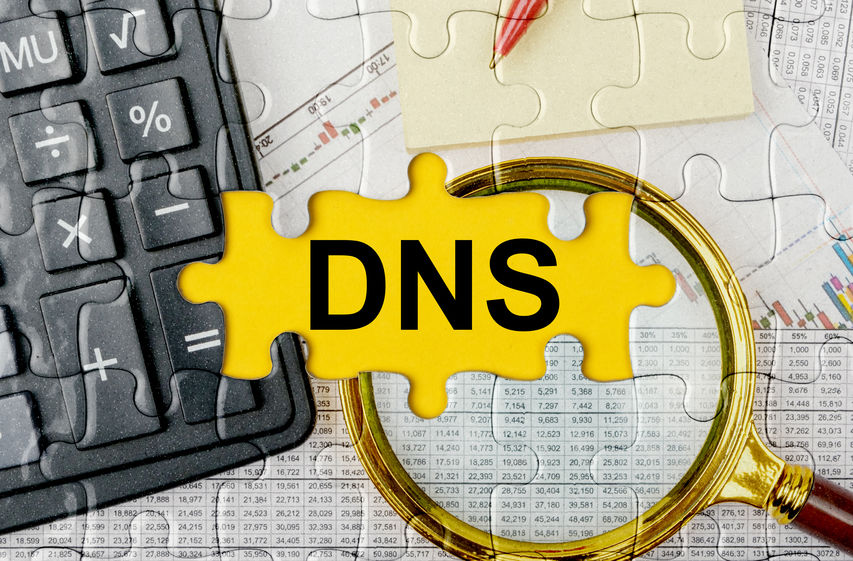DNS troubleshooting – commands
You can troubleshoot different DNS problems using the built-in commands that you already have on your computer. No matter if you are a Windows, Linux, or macOS user, you have various commands included in your OS. Here are the 5 most popular DNS troubleshooting commands that you should know and how to use them.
Traceroute (Linux and macOS) / Tracert command (Windows)
Traceroute command on Linux and macOS or Tracert on Windows is a built-in software that you can use for DNS troubleshooting. With this one, you can understand better the route of the DNS queries. You will see each individual hop with their response time, hostname, and IP address, and you will see a complete picture of the route to the target.

